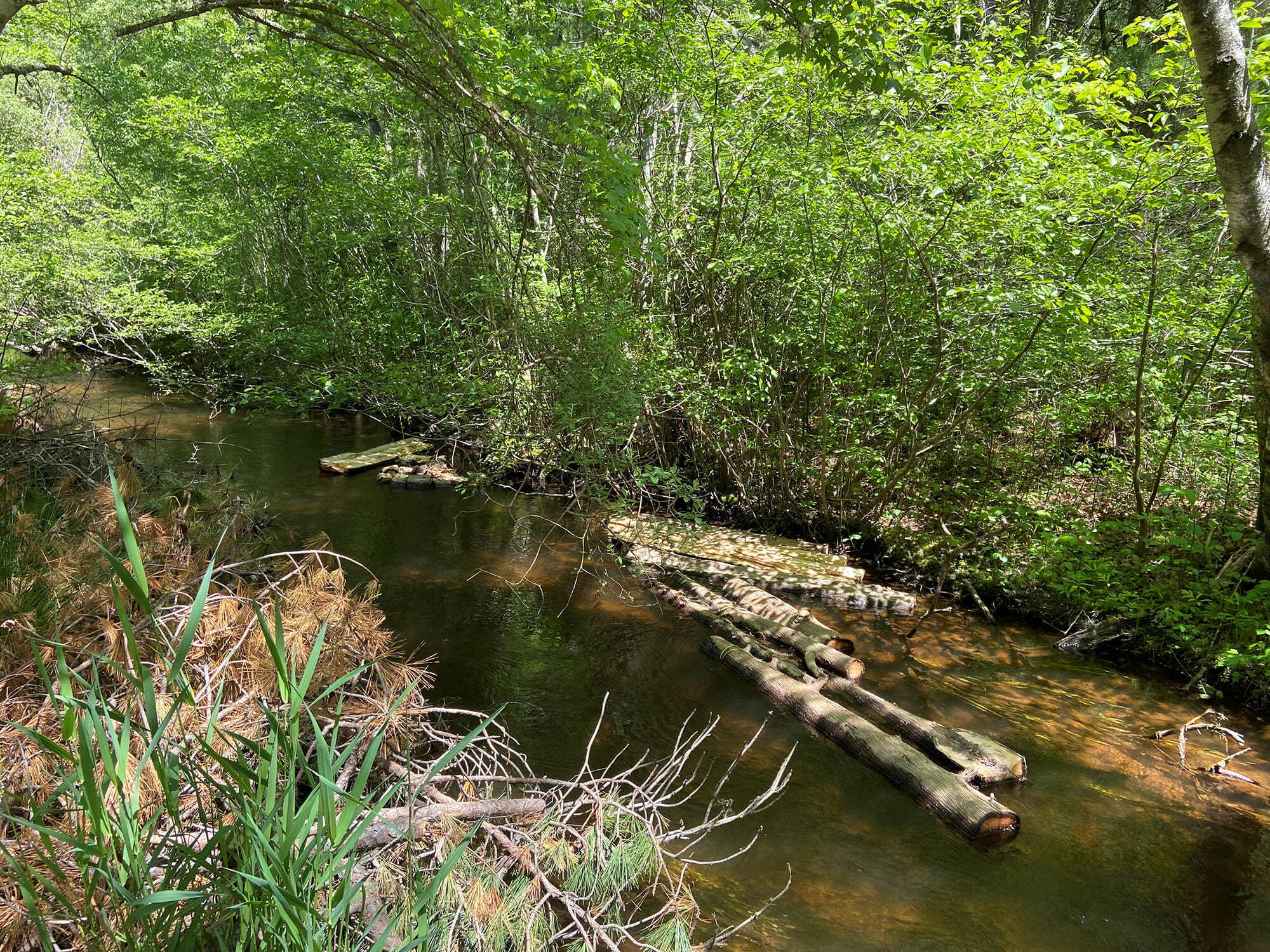One chapter’s handiwork (literally) has salter brook trout returning to a famous creek
The Quashnet is a five-mile prayer of a river that flows into Waquoit Bay in Cape Cod, Mass. Fishing the river is like walking in a verdant tunnel, as wide as a fly rod is long in many sections. Willows and other vegetation overhang the bank, making bow and arrow casts mandatory. Redwing blackbirds, heron, otter, and aquatic life abound. Salter brook trout run into the river from the bay.
The river is remarkable for a variety of reasons. Chief among them is that it ceased to exist 70 years ago.
For many decades, the Quashnet was part of the largest cranberry bog in the world. These bogs always seemed like bucolic scenes to me. In reality, they are devastating to rivers and fish. To turn a river into a cranberry bog, the streamside trees and vegetation are removed, and tons of sand and gravel are dumped into the riverbed, essentially reversing its flow. Dams are constructed every thousand feet or so to control the water levels appropriate for cranberry growth and harvest but not fish habitat.
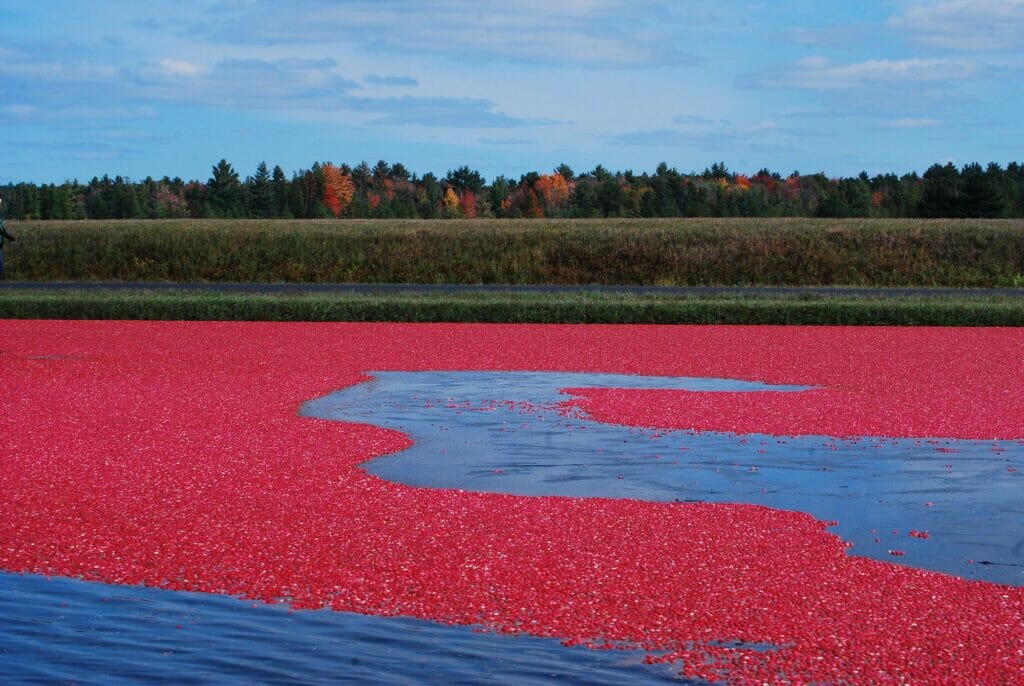
Consecutive hurricanes hit in 1954 led to the abandonment of the Quashnet cranberry bogs, but by then, the river was long since dead.
Enter Fran Smith, a plumber who grew up along a river in western Massachusetts that would turn a different color every day, depending on the color of the construction paper the paper company upstream was producing.
“Initially, I was planning to march around with a sign that said, “’Clean up this river.’ Then Congress passed the Clean Water Act, and the direct discharge of dyes and other toxins into rivers was stopped.” So instead, Fran and other members of his local Trout Unlimited chapter worked with the state to identify which river they should try to recover.
They selected the Quashnet. Before it was a cranberry bog, the river had sustained the Wampanoag people for millennia, and was famous for hosting anglers such as Daniel Webster and President Grover Cleveland, who fished the water in search of its large sea-run brook trout, known as salters.
For nearly 50 years now, members of the chapter—first as part of the Southeastern Massachusetts chapter, later as the separate Cape Cod chapter—have gathered about once per month for “work parties” to help heal the Quashnet. The river lost connection with its streambanks, so the members removed the old dams to help rechannel the flow of the river. They installed hundreds of deflectors and other large wood installations to recover the natural sinuosity of the river and to accelerate the removal of the sand and deposition that had been added to create the cranberry bogs. They planted almost 4,000 trees, learning how to plant atop large mounds of peat and compost to keep the roots from rotting.
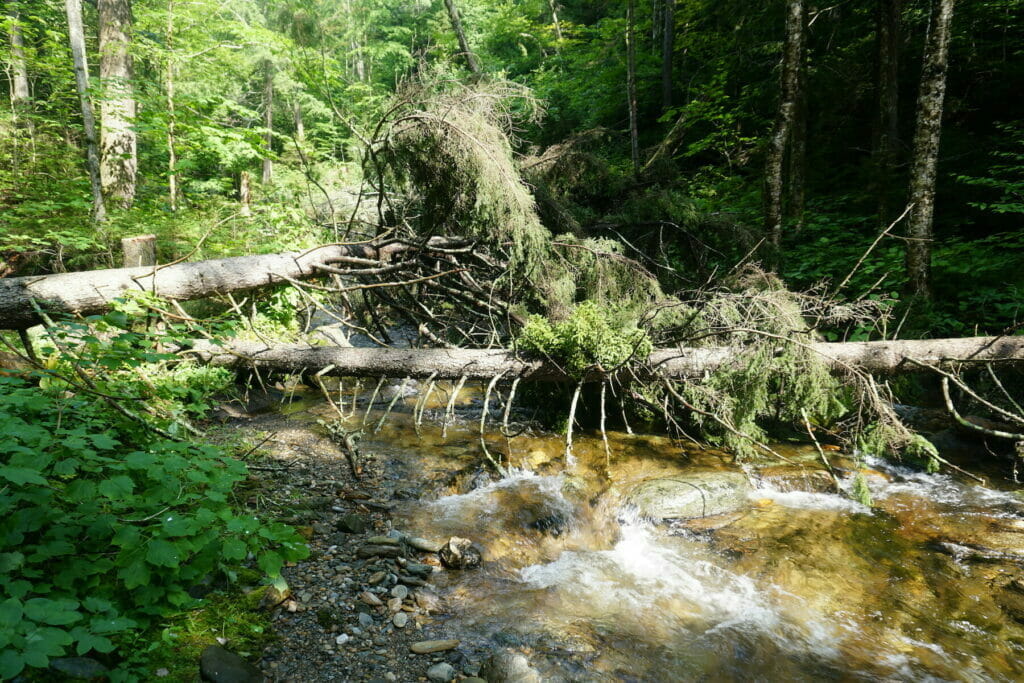
Nearly 450 volunteers donated 26,000 hours of hard labor to help recover the river. Amazingly, all the work accomplished by the Cape Cod chapter and its volunteers was done by hand. Never once has a backhoe, tractor, or anything larger than a bush-hog or chain saw been used!
It was not all restoration. Like their neighbors in the Southeastern Massachusetts chapter a few years ago, the Cape Cod chapter had to beat back a proposal by a developer to build nearly 1,000 condos and homes along the river. Fran and other chapter volunteer leaders went to the Massachusetts legislature and successfully advocated for $9 million to buy out the developer and protect the land.
The problem was, they needed $10 million. In the eleventh hour, Billy Bulger, a leader in the legislature and the brother of the infamous Whitey Bulger, had stripped a million dollars from the bill. The chapter scrambled to convince the Massachusetts Division of Fisheries and Wildlife to allocate the additional $1 million to complete the transaction.
As Fran told me recently, “that battle was an ordeal in the hands of Providence.”
As is the case in so many TU restoration projects in the state, the work of what is now called MassWildlife has been essential. State biologists such as Joe Bergin and Steve Hurley heroically helped the Cape Cod, Southeastern Massachusetts and Greater Boston TU chapters along the way.
Alan Alai, the energetic president of the Cape Cod chapter, recently showed me the work on Quashnet River and then similar projects on the Coonamessett and the Childs rivers. “We have put a lot of love in small streams,” he told me as he showed what he meant.
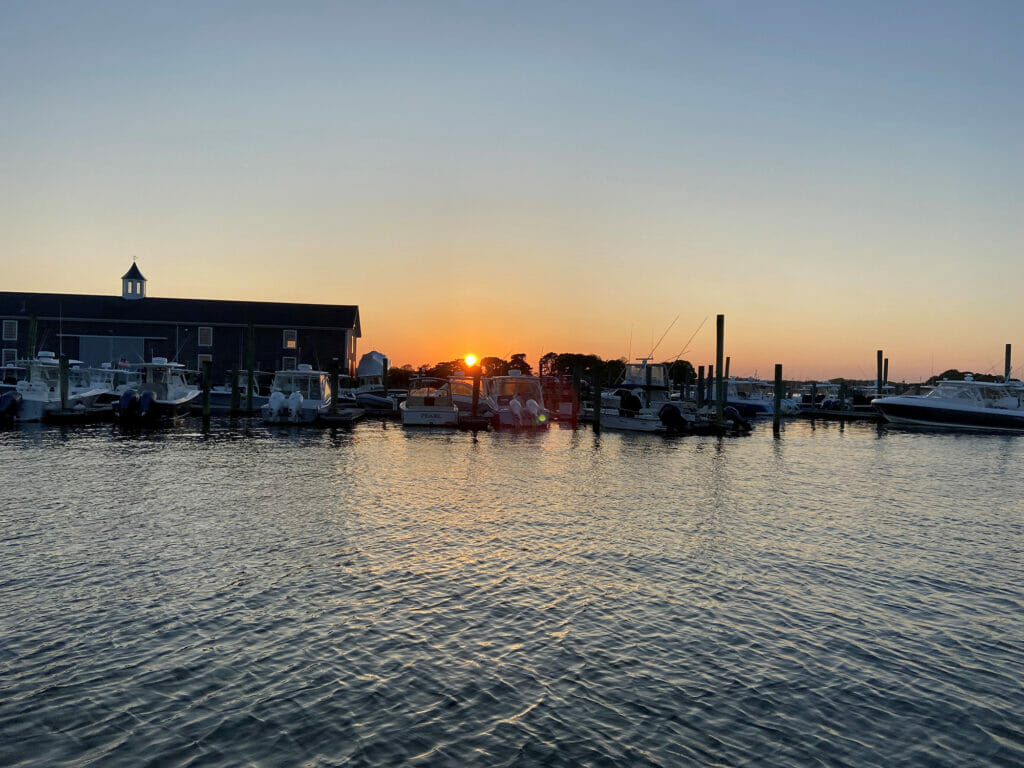
As we walked along some of the restoration made possible on the Childs by our partners at the Falmouth Rod and Gun Club, Warren Winders, an indomitable advocate for salters, laughed as he told the story of an angler complaining about how difficult it was to cast a rod at Red Brook, another salter stream saved by TU. Echoing TU’s founders, Warren replied, “We are not doing this for the fishermen. We are doing it for the fish!”
I walked up the Quashnet half-heartedly fishing, distracted by the scale of the work TU’s volunteers had done. Every ten paces or so, I found logs placed along key streambanks, newly planted trees shading the stream, spots where crews had narrowed the bog bank into the original stream channel. An osprey called in the distance and a Great Blue heron taking off nearly scared the waders off me as I rounded a meander.
Every TU chapter has a home water they work to care for and recover. I have seen few with the sustained commitment made over a long period like the efforts by the Cape Cod chapter on the Quashnet.
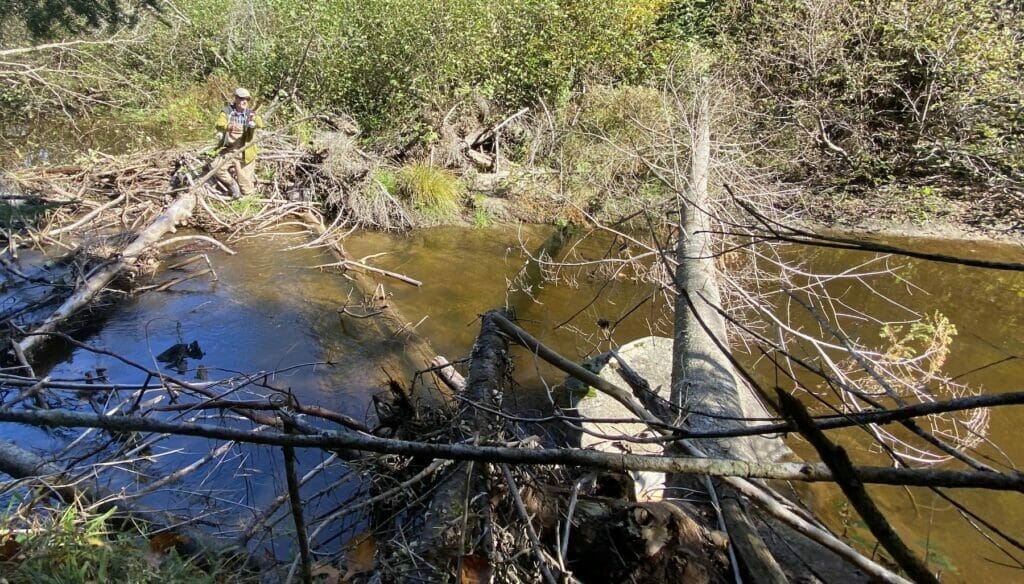
The late anthropologist, Margaret Mead, said,” never doubt that a small group of thoughtful, committed citizens can change the world: indeed, it’s the only thing that ever has.”
The work of Fran, Warren, Alan, and their merry band of brothers and sisters prove Mead’s words to be true.



